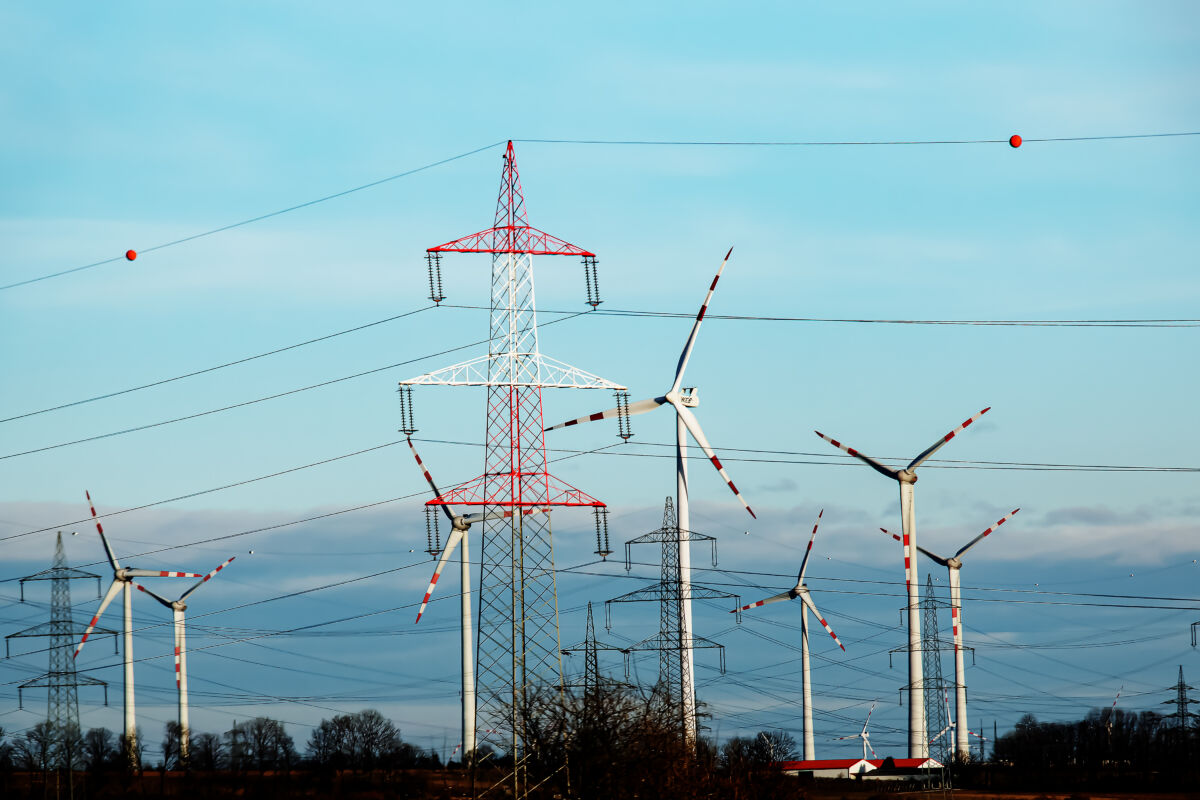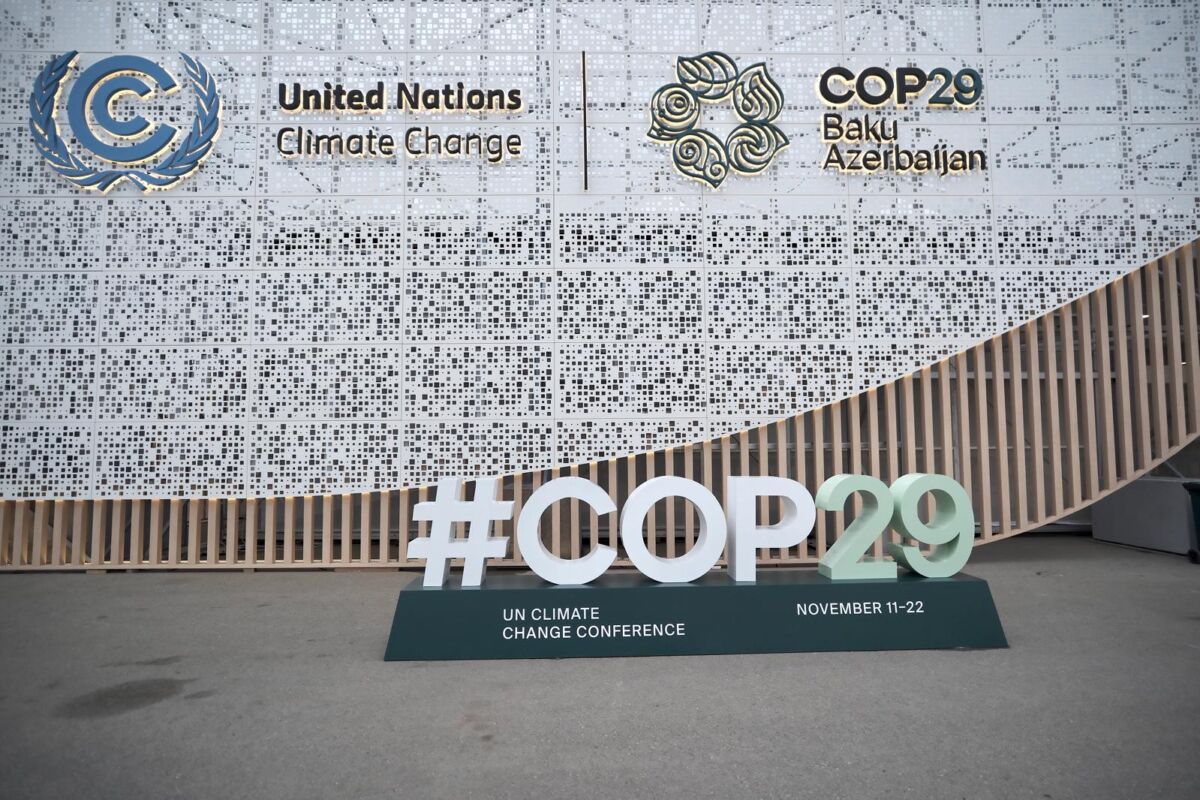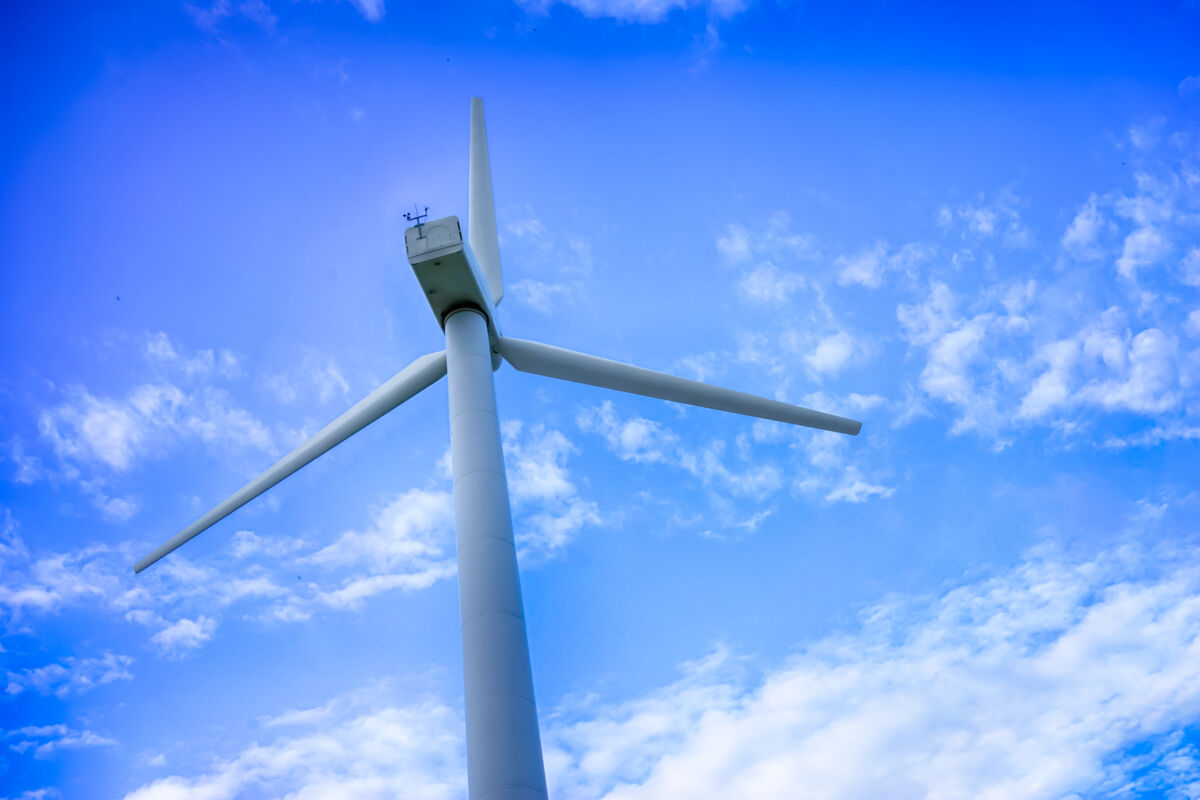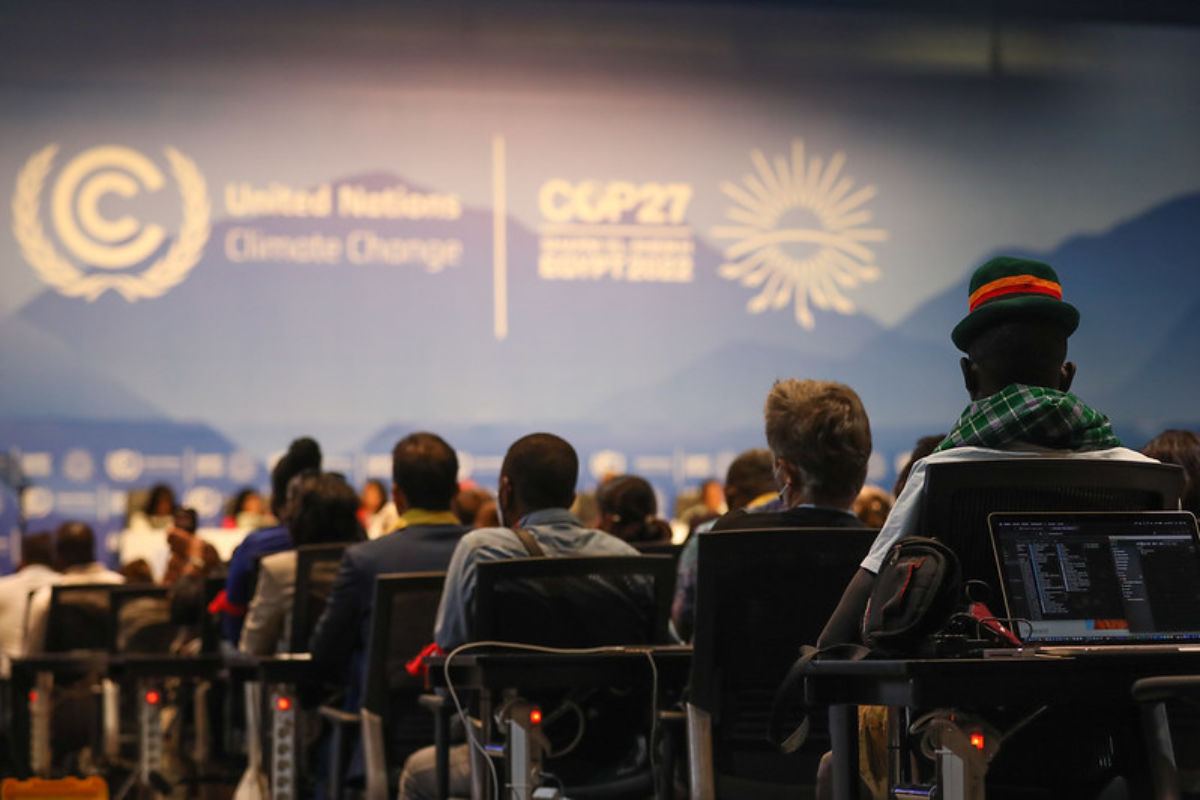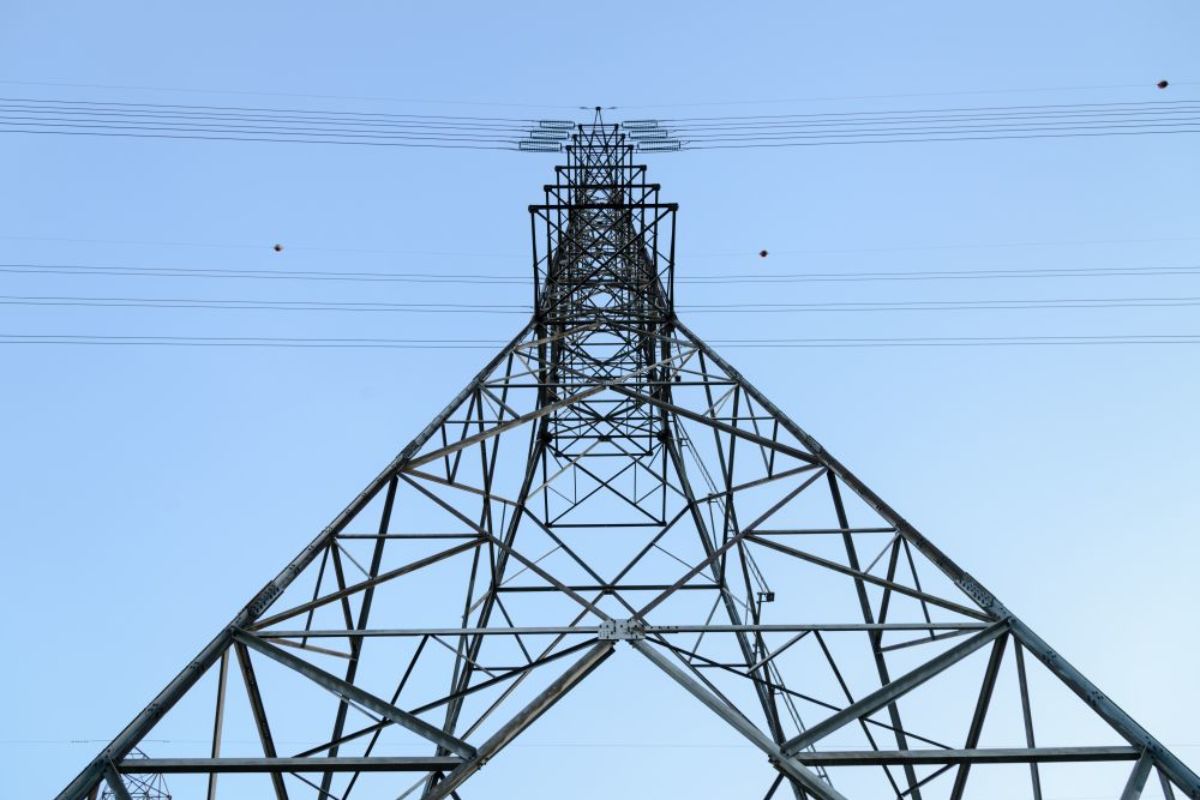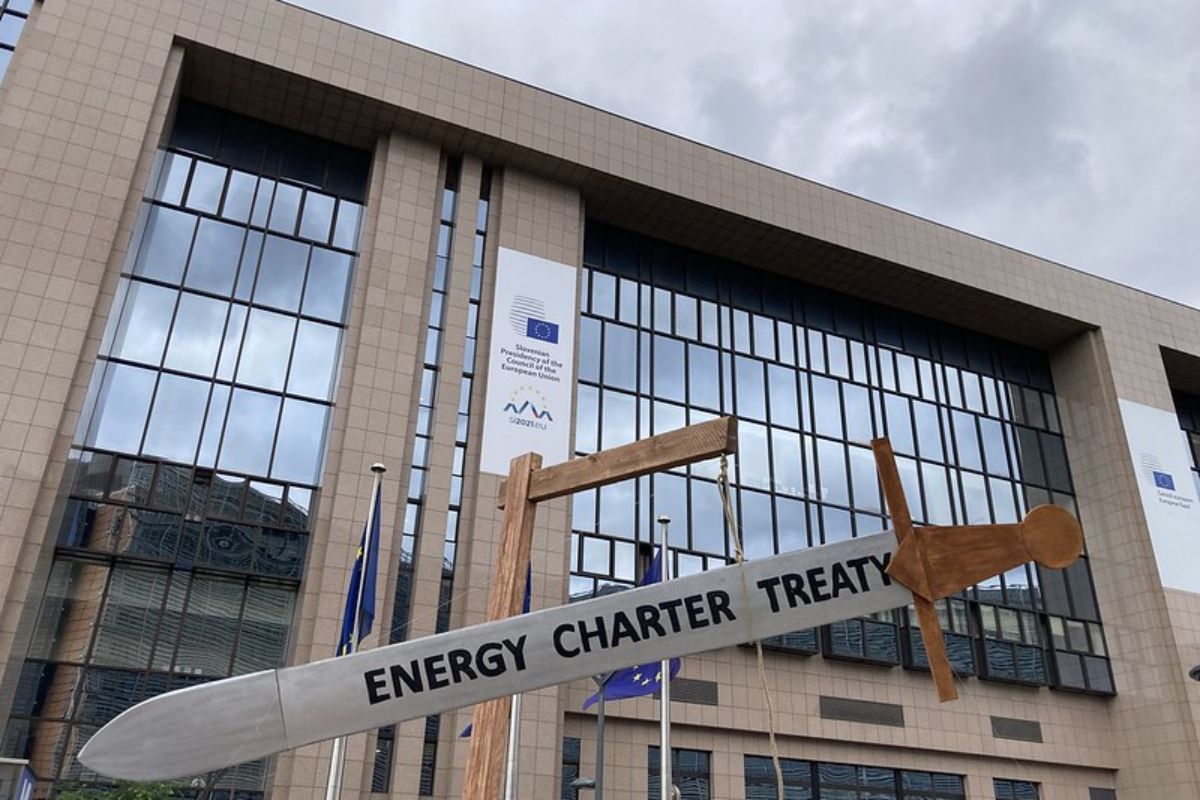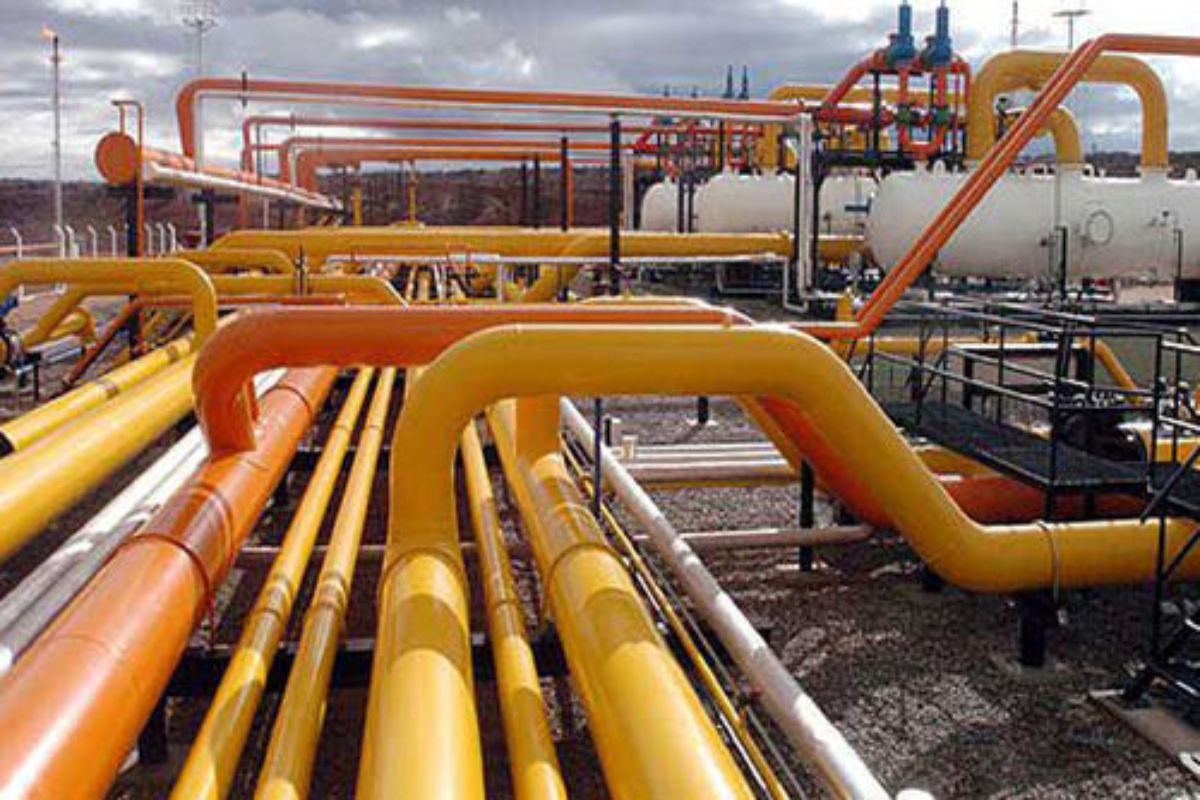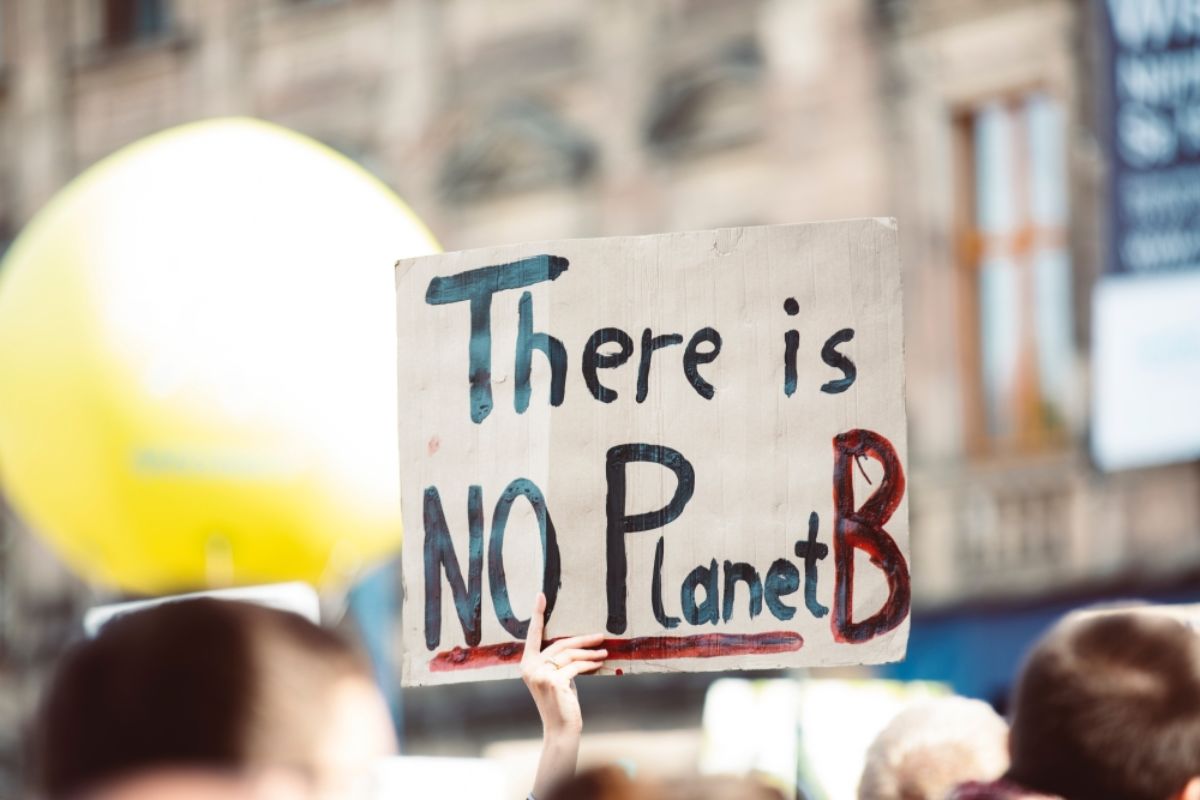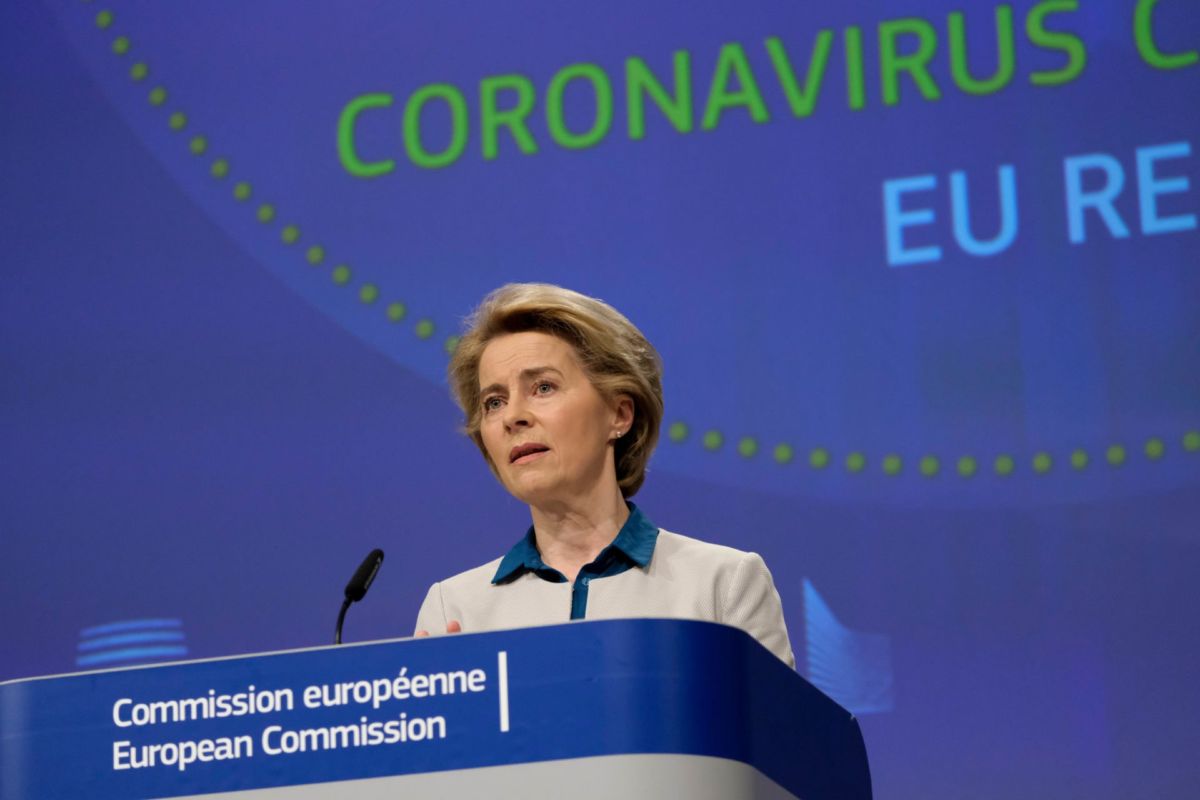Big numbers are always a good way to attract attention. 1 thousand billion euros of investment is the headline figure of the ‘Sustainable Europe Investment Plan’ the European Commission recently presented to the European Parliament. Investors all over Europe are hoping to get a share of this money. However, they, and the environment, are likely to be disappointed.
A trillion or 1 thousand billion euros may appear to be a very large number. But as it represents the total over a decade, it only amounts to €100 billion per year. This is still a significant sum, but it amounts to less than 1% of EU GDP. Green investment will not transform the European economy.
€100 billion is still large if viewed in comparison with the EU’s (post-Brexit) annual budget of around €140-150 billion – with the obvious implication that only a part of the trillion can come from the EU budget. The Commission’s document thus speaks of ‘mobilising’ investment – basically hoping that national governments and the private sector will do the heavy lifting.
More important than the amount of real fresh EU funding available for the Green Deal is the impact it will have on emissions. This is where the key problem arises. Experience suggests that the largest share of the green spending, and of the EU supported green credits under the Invest EU scheme, will go towards the power sector to support renewables, with maybe a rising share for projects designed to help industry to reduce emissions. This was the case for the European Fund for Strategic Investment (EFSI), under which most of the ‘green’ projects consisted of support for renewables generation.
But supporting renewables or industrial emission reductions through the EU represents an inefficient use of public resources because these sectors are covered by the EU Emissions Trading System (ETS). The total allowable emissions of industry and the power sector are limited under the ETS, not only for today, but also for the next decade (and beyond). The power operators and large industrial installations need to surrender ‘emissions certificates’ equal to the amount they are emitting. This has a simple implication: building or supporting a wind farm with public money might look like a ‘green’ investment. But in a cap-and-trade system, it merely makes it easier for other private power producers to continue emitting as before.
Climate economists call this the ‘waterbed effect’: any government intervention that reduces emissions in one particular sector covered by the ETS will have no impact on total ETS emissions as they may rise elsewhere.
Since 2019, however, a supply adjustment mechanism has been in place in the EU ETS which punctures this ‘waterbed’ to some extent. This market stability reserve makes automatic adjustments to the auction supply based on the surplus of certificates in the market. The higher the surplus, the more certificates are withheld from auction. What is more, from 2023 onwards, automatic cancellation of certificates is planned: if the certificates held in the reserve exceed the auctions of the preceding year, all certificates above the auction volume are invalidated.
This makes the ETS cap dynamic: increased reductions in ETS sectors can lead to increased scarcity. Nevertheless, if public investment targets ETS sectors, timing becomes important as the effectiveness of the supply adjustments in the ETS depend on a number of operating parameters that will also be under review in 2021.
The waterbed effect is thus still in operation, although it is partially offset in so far as the market stability reserve lowers the supply of allowances. All these complications can be avoided if public investment targets sectors outside the EU ETS.
Public investment to reduce emissions in, for example, transport or housing insulation does not lead to a waterbed effect because no price mechanism exists to limit emissions in these sectors.[1] Why, then, is so much public funding still going to renewables and the power sector? The key reason is that the ETS sector is dominated by large (stationary) plants with high emissions. This makes them a natural focus for policymakers because they can point to having reduced emissions by such a plant by some impressive number of tonnes of CO2. For member states that have adopted higher domestic emissions reduction targets than the EU target, this may be particularly enticing.
A first conclusion is that the exclusive emphasis of the Commission on the size of the green investment ‘mobilised’ by the EU is wrong – where the investment goes is just as important. The trillion might achieve very little if it is spent as funds have been in the past. Of course, a case can be made for supporting industrial innovation, especially beyond the first stage of innovation (i.e. Research and Development, Demonstration, Deployment, and Diffusion). However, spending allocated to innovation pales in relation with the hundreds of billions announced by the Commission. The reason is simple: the Commission is counting on ‘leverage’ – one euro from the budget leading to additional project finance of 20 euros. This is how the EFSI could claim to have financed €320 billion based on an EU contribution of €16 billion. No such leverage is possible for R&D and innovation funding.
Public investment in sectors covered by the ETS would be the most efficient if the waterbed effect is taken into consideration and investment therefore coupled with a cancelling of emission certificates. Such cancelling can be achieved by member states, although the ETS legislation limits this solely to the retirement of electricity generation capacity (thus excluding industrial sector abatement), or automatically through the market stability reserve. This also applies to the huge German government subsidies for ending coal use in power generation. The close to €50 billion foreseen for this package can only be justified if the emission certificates of the coal-fired power stations are taken out of the market. With fewer emission certificates in circulation overall, EU emissions would then have to fall. This is in line with the recommendations of the expert commission that produced the master plan for the Kohleausstieg.
The Commission should follow this route: instead of merely proposing a trillion in public support, it should prioritise R&D and the diffusion of innovation. Funding for renewables should be available only if each euro from the EU budget leads to a cancelling of emission certificates. An even more powerful action would be to extend the ETS to other sectors, like transport. The price for emission certificates would then increase, and the private sector would be prompted to fund the necessary investment on its own. Scarce EU funds could then be used elsewhere.
The EU needs to take its emission targets more seriously. Promising a trillion will not achieve much by itself and may even be counter-productive if it diverts scarce public money and political capital from the more important measures needed to achieve overall reductions in emissions.
[1] Although emissions are not priced, they are nevertheless capped by the Effort-Sharing legislation. There might still be a waterbed effect at the national level: additional reductions in a non-ETS sector would allow a member state to emit more in other non-ETS sectors. Moreover, ‘over’-achievements by individual member states with respect to their national targets could still be traded, or exchanged, informally with other member states that are not reaching their targets.






